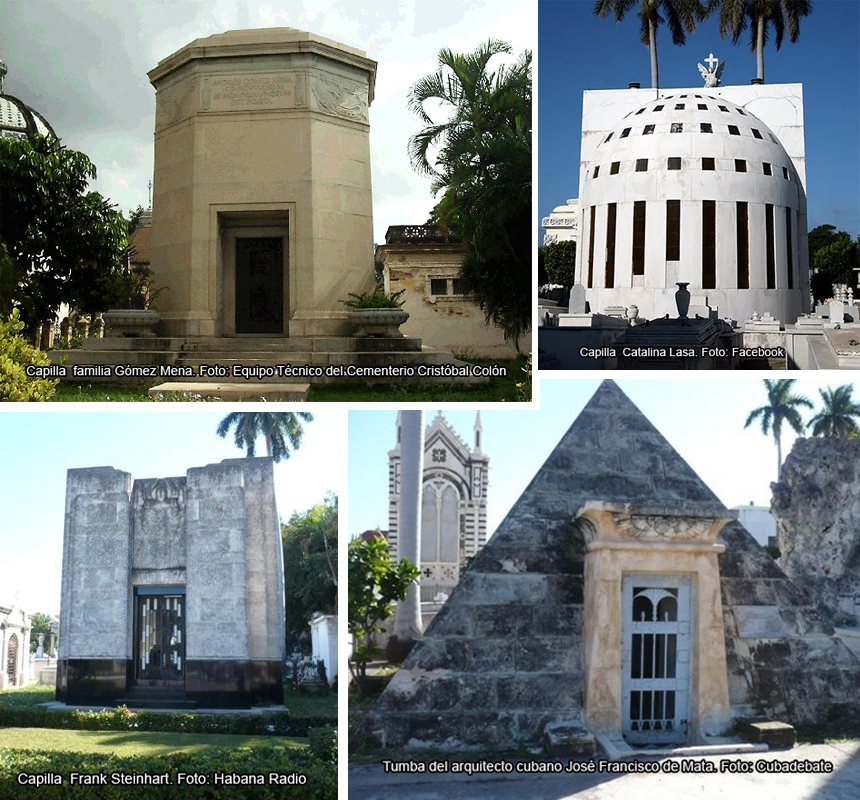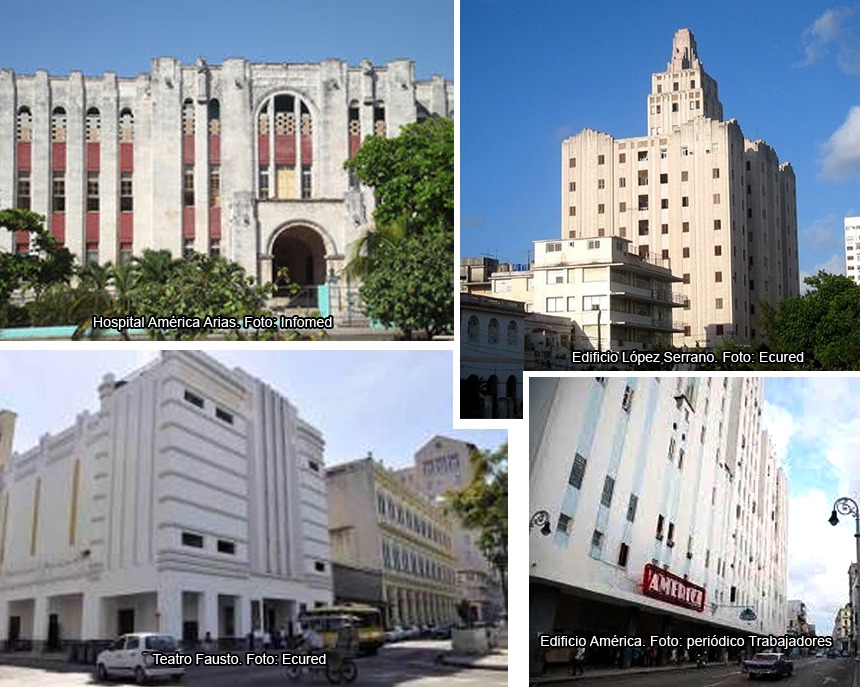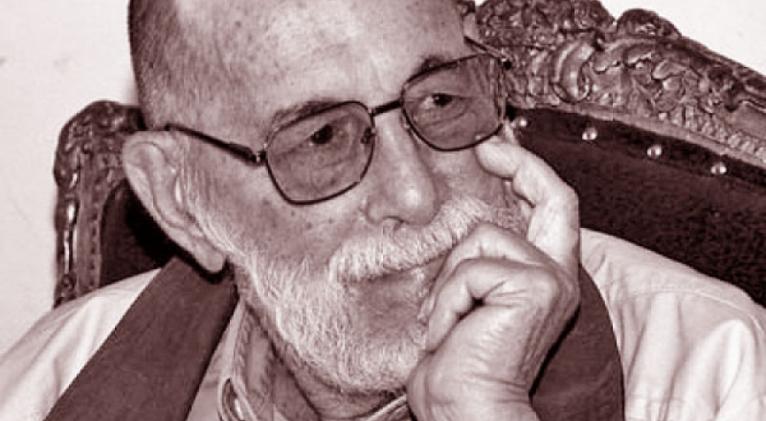Art Deco’s Presence in Havana’s Cemetery

Havana’s largest cemetery, named after the great admiral Christopher Columbus, who initiated the encounter between European and Amerindian cultures, boasts numerous examples of Art Deco architecture. This style arrived at Havana’s necropolis alongside its introduction to Cuba in the 1930s.
Art Deco, with its sobriety, monumentality, and the predominance of vertical lines that emphasize the connection between earth and sky, is especially well-suited for funerary spaces. This is reflected in the arrangement of statues, pyramids, columns, and obelisks. The style is also marked by the use of bright primary colors, chrome, enamel, polished stones, and designs inspired by Egyptian and Greek motifs.
As noted in the Cuban collaborative encyclopedia Ecured, Art Deco is a distinctive style of decorative arts that developed in the interwar period, from 1920 to 1939, in Europe and the Americas. It reached its zenith at the 1925 International Exhibition of Decorative Arts in Paris. The style focuses on aesthetic splendor over functionality, emerging as a reaction to the flowing lines and intricate ornamentation of Art Nouveau. The term «Art Deco» itself is derived from the French «arts décoratifs.»
Art Deco spans all areas of design, from fashion, jewelry, and furniture to automotive bodywork, and has significantly influenced graphic arts and architecture. Its hallmarks include a relationship between the elements, with a focus on volume and geometry, as well as the use of luxurious materials.

In Havana, Art Deco’s influence is widespread, and given that the «city of the dead» often reflects the «city of the living,» it is not surprising to find an abundance of this style in the city’s cemetery, where it stands as one of the most prominent architectural expressions.
Noteworthy examples include the Steinhart and Edges chapels, adorned with Jaimanitas stone cladding, polished black granite bases, white marble details, and bronze grilles of the same style; the Catalina Lasa chapel, recognized for its striking black-and-white contrast; and the chapels of the Sociedad Naturales de Galicia, Horacio Ferrer, and the Gómez Mena family, among many others.
In the urban fabric of Havana, key Art Deco landmarks include the América Arias Maternity Hospital; the López Serrano residential building on L Street, between 11th and 13th streets, in Vedado; the América building at the corner of Galeano and Concordia in Centro Habana, which houses the América Theater on its ground floor; the Fausto Theater on the Paseo del Prado; and the Bacardi Building in Old Havana.
Translated by Luis E. Amador Dominguez



